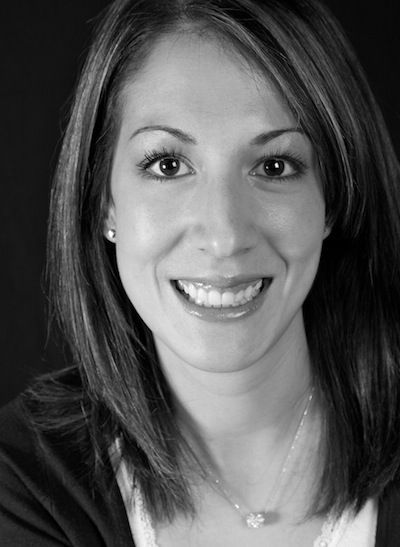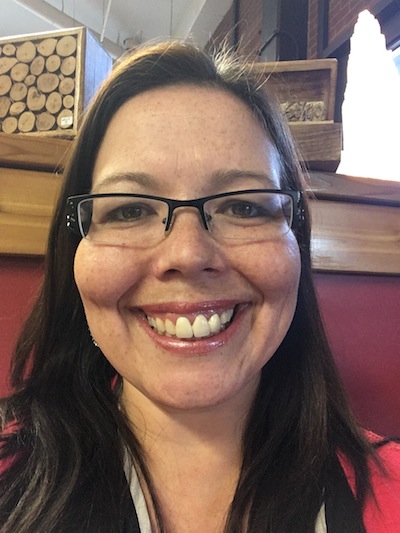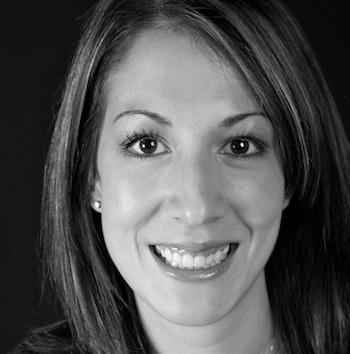Image Caption
By Shari Narine
Sweetgrass Contributing Editor
CALGARY
October 4, 2016.
A downturn in the economy and a push toward Indigenous perspectives have provided regulatory and environmental engineers Deanna Burgart and Pamela Beaudin with the opportunity to incorporate their shared vision.
In July, the pair opened the doors to Indigenous Engineering Inclusion Inc., in Calgary.
“We really want to bridge the gap between Indigenous communities, engineering and industry,” said Burgart. “Being Indigenous engineers, we don’t see them as opposing sides, because they’re two parts of who we are.”
Burgart grew up in Calgary and is a member of Fond du Lac Denesuline First Nation, in Saskatchewan, while Beaudin is a Metis, her family coming from Ile à la Cross, also in Saskatchewan.
The two met at a corporate meeting, connecting afterwards and becoming friends. That friendship turned into a business partnership when Beaudin was downsized from her position as a production engineer on the environmental team with Shell Canada, in Calgary and Burgart left her corporate job as supervisor of risk management for Inter Pipeline. Starting her own company had been on Burgart’s mind for quite some time.
“The focus on the issues we’re passionate about has increased over the past couple of years,” said Burgart.
Indigenous Engineering Inclusion is a multi-faceted company that speaks to the passions the two women share.
Mentoring Indigenous youth is one aspect.
“We’re encouraging them to pursue careers, creating more inclusive work forces for when they do get to industry,” said Burgart.
Indigenous Engineering Inclusion provides workshops and consults with industry to help client companies make their workforces more inclusive.
But, just as important, is working towards more environmentally-friendly industry development.
“We’re growing a team of people that believes in our mission of combining the Indigenous world view of sustainability with engineering projects,” said Beaudin.
This team will then work with client companies to integrate the vision of sustainability into their projects.
The timing for the creation of Indigenous Engineering Inclusion couldn’t have been better. Not only are universities recruiting more diverse students for the engineering field, but companies are more inclined to create and embrace inclusive work forces. Industry is also more agreeable to looking at “out of the box” solutions, says Beaudin, when it comes to meeting regulatory requirements.
She points out that Indigenous communities are often turned off of major capital projects because they have the potential to impact the environment adversely, yet the communities need the economic benefit.
“We want to support our economy and industry, but do that in a responsible way and come up with creative new solutions and that’s where the diversity comes into it: getting new ways of thinking and new ways of doing things,” said Beaudin.
Burgart holds that industry is open to change.
“We’re seeing a shift towards corporate social responsibility, approaching sustainability from the people-planet-profit model and wanting to increase their Indigenous participation in projects. So what we want to be is available to them to help them do that,” said Burgart.

Pam Beaudin

Deanna Burgart

